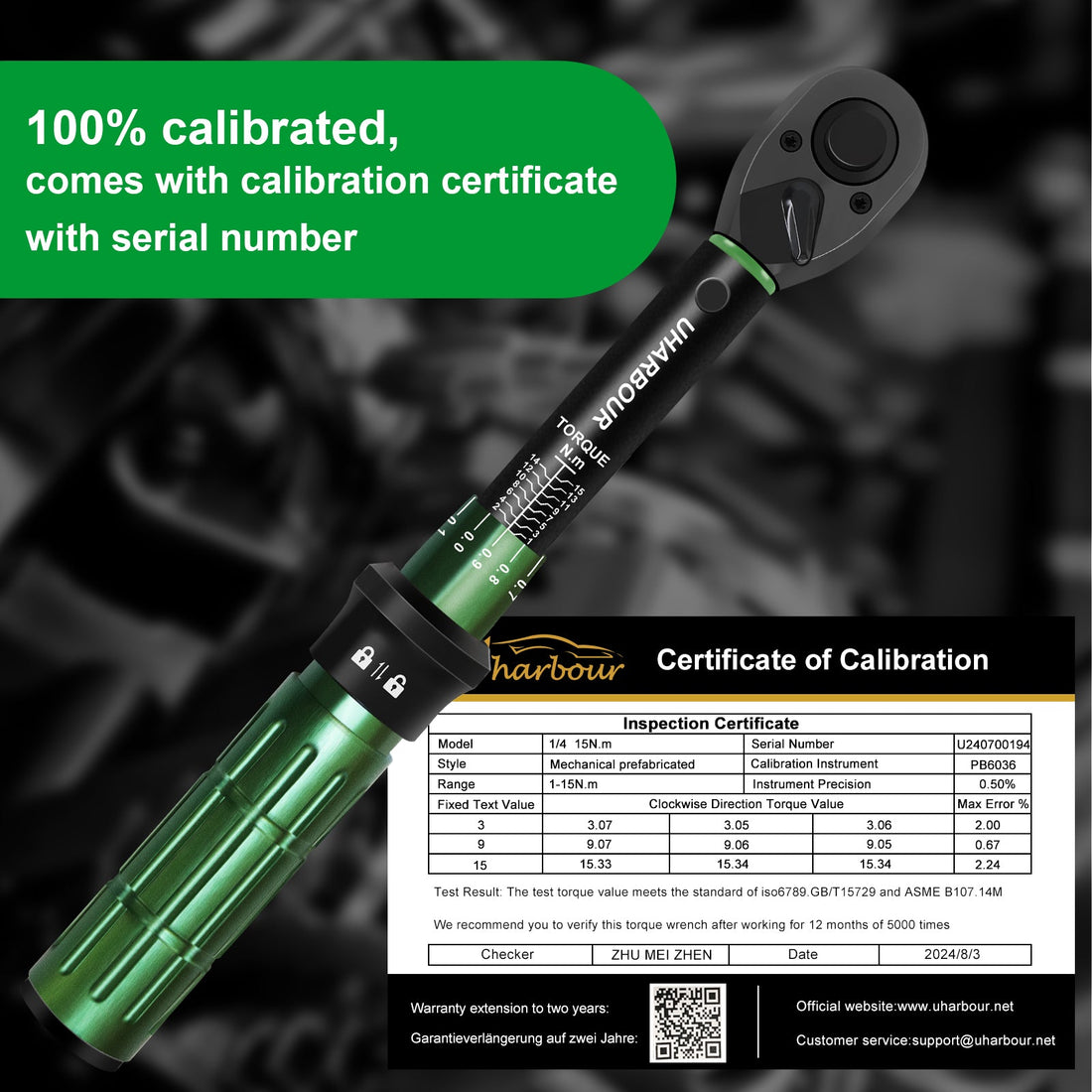
How Often Should You Calibrate a Torque Wrench? Real-World Experience & Tips
How Often Should You Calibrate a Torque Wrench? Real-World Experience & Tips
If you work on cars, bikes, or any kind of machinery, chances are you’ve got a torque wrench in your toolbox. And you probably know it’s not just about tightening bolts—it’s about tightening them to the right spec. But here’s the catch: over time, even the best torque wrench can drift out of spec.
So the big question is: how often should you actually calibrate a torque wrench? Let’s dig in with a mix of industry standards, hands-on testing, and real-world experience.
Why Bother Calibrating?
Inside a torque wrench, springs, levers, or electronic sensors handle the job of measuring torque. With use (and time), things change:
-
Springs wear out → The set value doesn’t match the real torque.
-
Heavy use → The more you use it, the faster it drifts.
-
Storage & environment → Heat, humidity, or tossing it around doesn’t help accuracy.
And if it’s out of spec? Best case, your bolts are too loose. Worst case, you strip threads, damage parts, or create a safety risk.
What Do the Standards Say?
According to most industry guidelines:
-
Every 12 months → at minimum, calibrate once a year.
-
Or every 5,000 cycles → whichever comes first.
-
High-stakes industries (like aviation or nuclear) → as strict as every 6 months.
What Works in Real Life
Here’s what I’ve seen and what a lot of mechanics agree on:
-
DIY users → If you’re just doing the occasional brake job or spark plug change, once every year (or even two) is usually fine.
-
Auto shops → If the wrench is in daily use, every 6 months is much safer.
-
Racing & pro-level work → If precision is mission-critical, every 3 months keeps you covered.
How to Know It’s Time
Don’t just rely on the calendar—watch for these signs:
-
The click feels off compared to before.
-
Side-by-side, it doesn’t match another reliable wrench.
-
You keep finding bolts that are either too loose or way too tight.
Pro Tips to Stretch Out Accuracy
-
Always dial the wrench back to its lowest setting after use.
-
Treat it like precision gear—don’t drop it or use it like a regular ratchet.
-
Store it somewhere dry and stable, away from heat or humidity.
Bottom Line
A good rule of thumb is:
-
Occasional DIY use → calibrate once a year
-
Daily shop use → calibrate every 6 months
-
High-precision or safety-critical jobs → calibrate every 3 months
🔧 Remember: a torque wrench is only as good as its accuracy. Take care of it, and it’ll take care of your projects.
